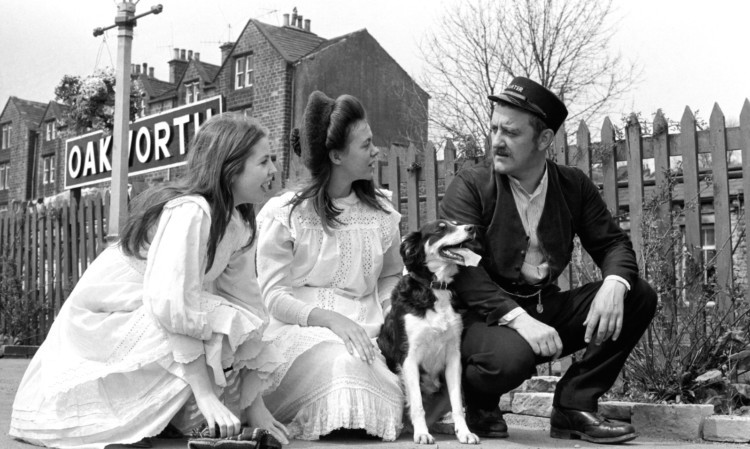
Shoddy service and cramped conditions – and you pay through the nose for the privilege.
I blame The Railway Children.
The classic 1970 film began a love affair between baby-boomers and trains that’s lasted almost half a century and there’s nothing wrong with that.
But love does strange things. It leaves the smitten unable to hear any criticism of their beloved.
Elsewhere they have mere transport systems and efficient rail networks. But in railway-loving Britain we have engines with names, rail bridges in Harry Potter films, trainspotters on platforms, Thomas the Tank Engine on TV and that fabulous poem, The Night Mail, at school.
Trains are shrouded in sentimentality. How else could you explain the following absurd situation?
Latest price rises mean UK commuters spend three times more of their salary on rail travel than users of trains in France, Germany, Spain or Italy. But an EU survey reveals Brits are more satisfied than commuters who pay less for a more punctual service elsewhere. Whit?
The TUC have calculated that average monthly season tickets now cost average earners in Britain 14% of their salary. That compares with Germany and France (4%), Spain (3%), and Italy at just 1%.
But maybe our trains run on time? Not on your nelly.
If punctuality means arriving within a minute of schedule, only 67% of trains hit the mark. Virgin’s West Coast line was a particularly poor performer with 48% of trains on time. East Coast managed 53% and First ScotRail scored 57%. Pretty poor.
And yet last month’s EU survey of 26 EU countries and 26,000 commuters found 78% of British respondents gave rail services a “high” or “good” rating compared with 74% in France, 67% in Germany and just 39% in Italy.
The only happier EU rail travellers were the Finns and having just come back from Helsinki I can see why.
The Finnish capital has 12 tram lines in a city of 650,000 folk (eat your heart out, Edinburgh). It has two more lines under construction to new dockland housing developments because they always install public transport first. A tram arrives roughly every five to 10 minutes and a single ticket costs just £1.80 (although other prices are twice ours.)
A single lets you travel for up to 10 miles and parents with pushchairs travel free. No wonder the Finns are happy. But why are we?
Season tickets in Britain cost silly money. A 24-mile journey sets the average UK worker back £299 a month in Spain it’s just £64.
So what’s going on? Regarding the ever rising price of rail travel, it’s fairly simple.
The UK Government wants passengers, not the taxpayer, to foot the railway bill. They currently pay 32% but David Cameron apparently wants to cut that to just 25%.
According to the Campaign for Better Transport that means by 2018 the UK Government will actually be “making a profit” from passengers.
Unbelievable, isn’t it? The Campaign says income from fares that year will represent 103% of the railways’ operating costs.
Thankfully the Scottish Government plans to cap fares at the inflation rate.
But until Scots can re-nationalise our railways we’ll be stuck with Europe’s highest rail fares.
So it’s time for Scots to copy our grumpy neighbours.
Jenny Agutter wouldn’t approve, but in 2014 short-changed Railway Children must learn to complain loudly.

Enjoy the convenience of having The Sunday Post delivered as a digital ePaper straight to your smartphone, tablet or computer.
Subscribe for only £5.49 a month and enjoy all the benefits of the printed paper as a digital replica.
Subscribe